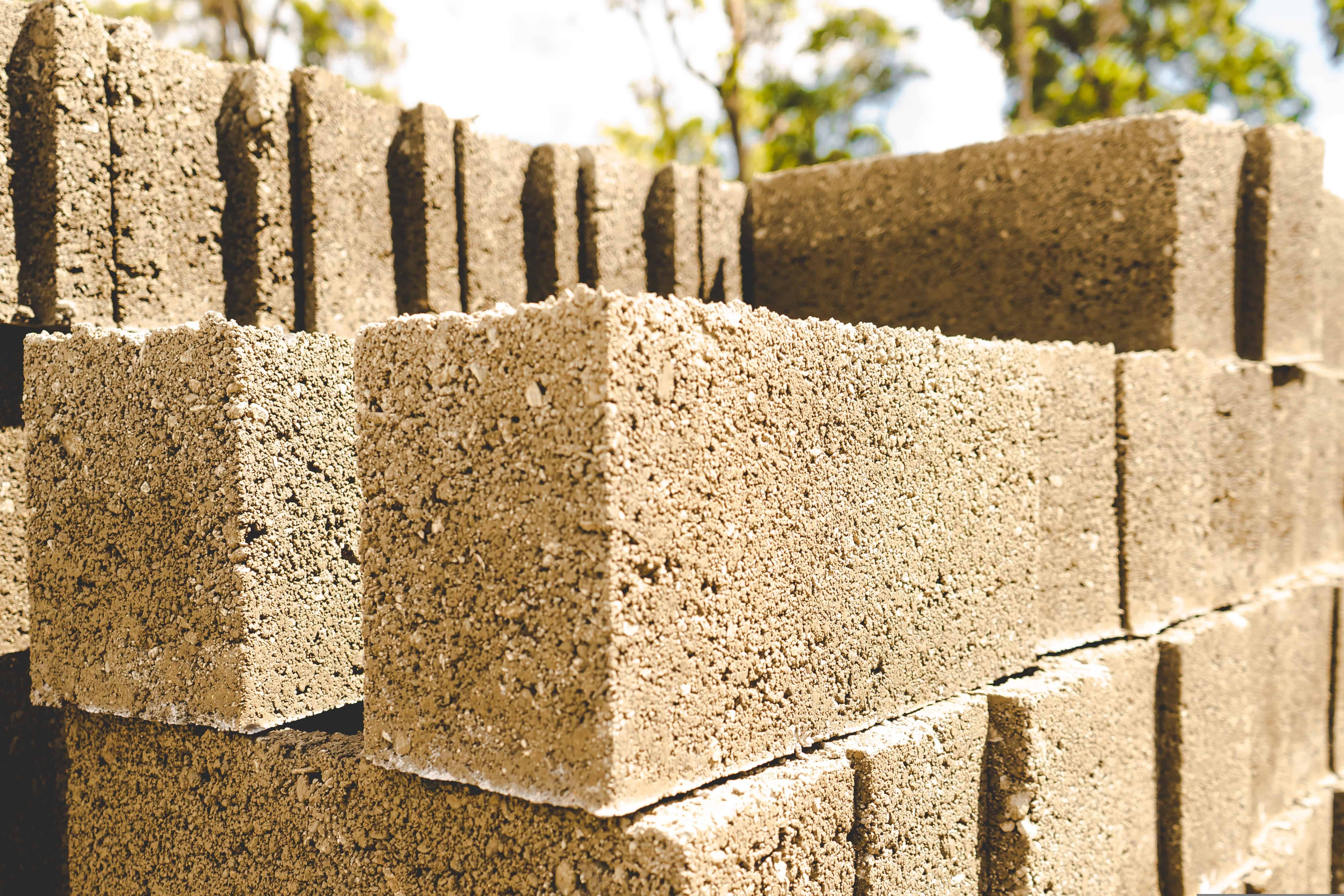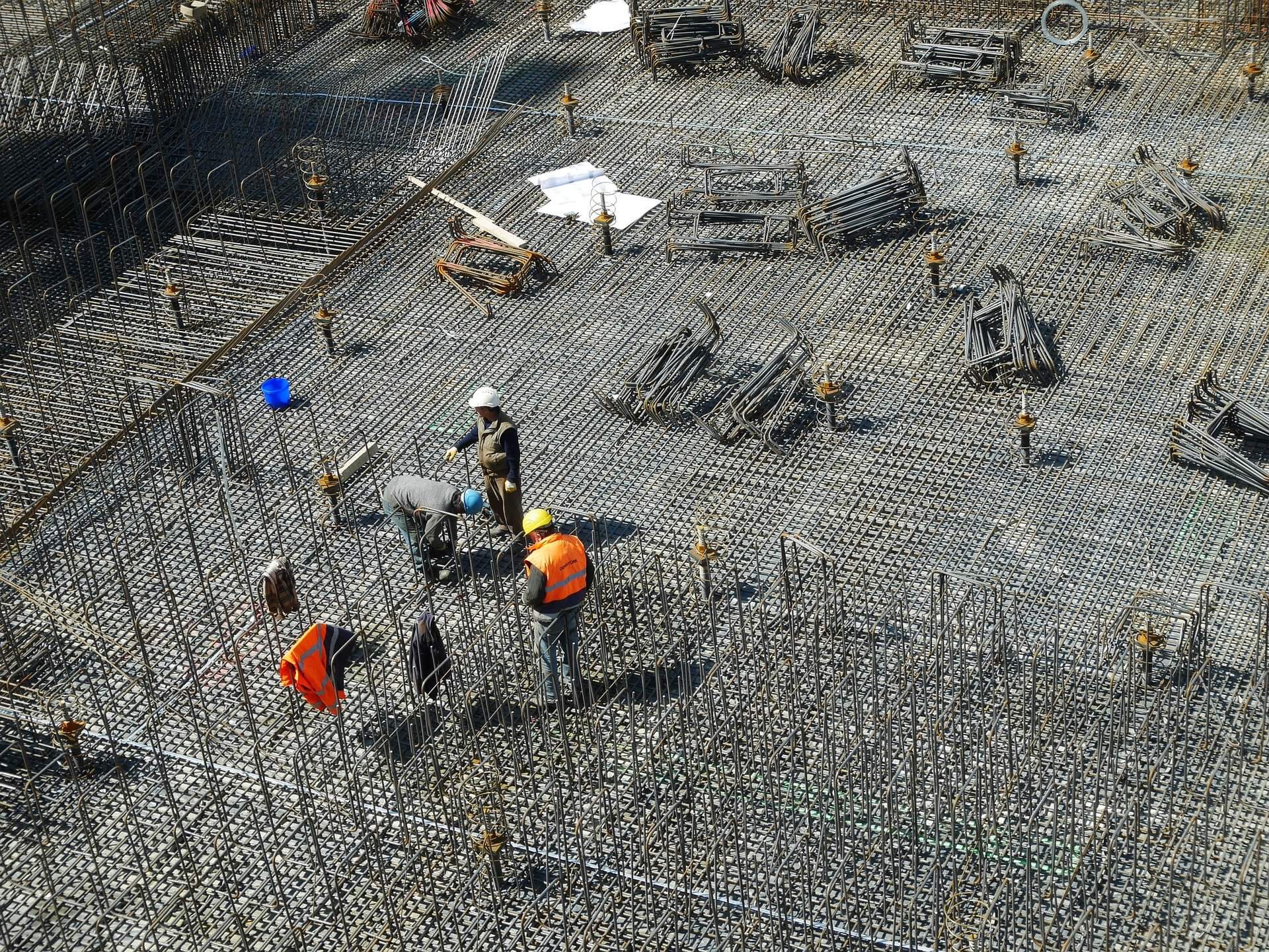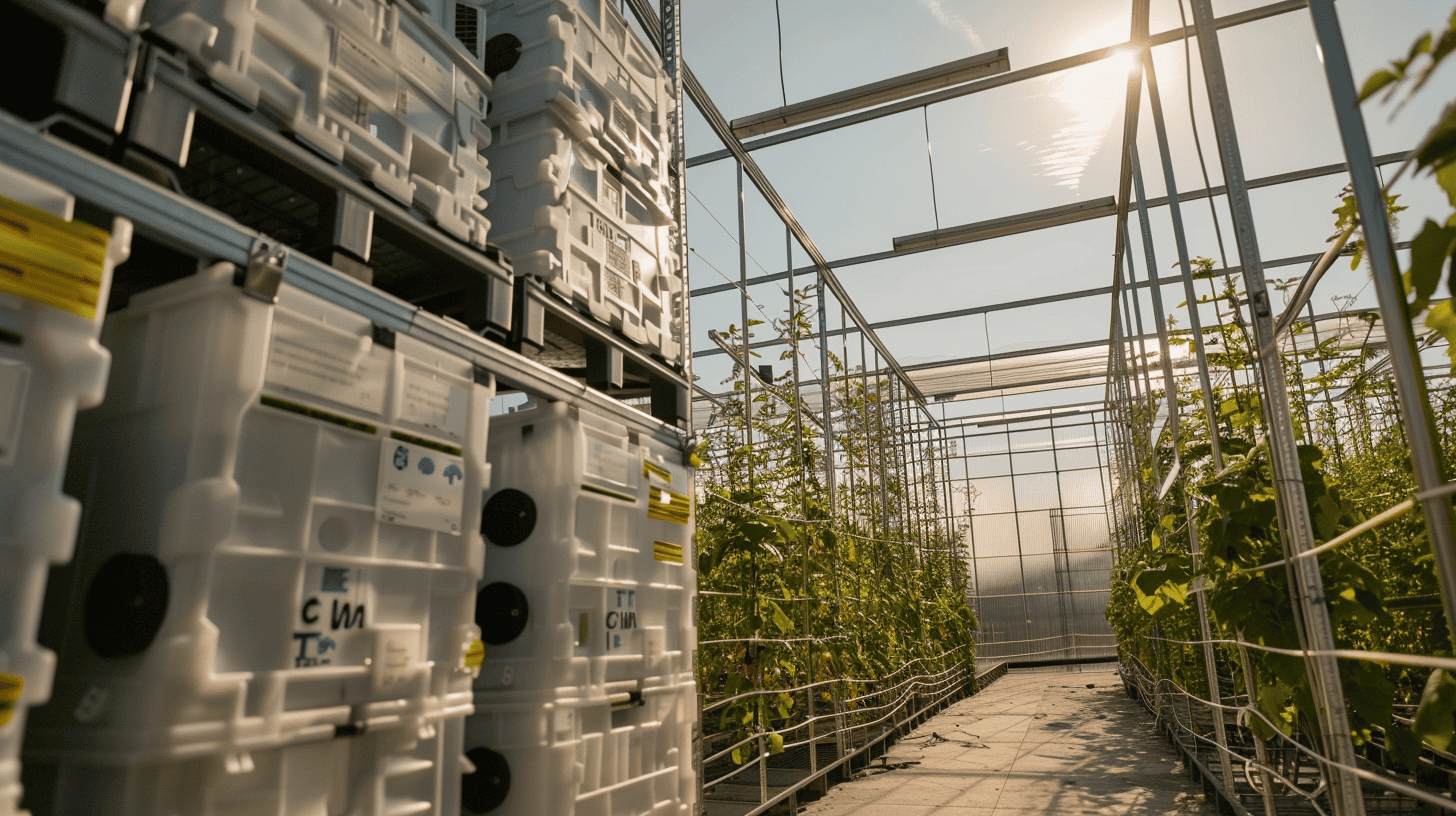
Researchers from Imperial College London have been awarded almost a million grant to develop a carbon-negative cement additive. The funding comes from the Carbon Capture, Usage & Storage (CCUS) Innovation 2.0 competition, of the UK government, says Imperial College in a press release.
- Imperial College London researchers get £986,176.28 grant to develop carbon-negative cement additive
- Use of magnesium silicate minerals to capture CO2 and create sustainable building materials
- Aims to reduce concrete’s carbon footprint and enable long-term carbon storage within the built environment
Need for a sustainable alternative to concrete
The project, led by Imperial’s Professor Chris Cheeseman will tackle one of the construction industry’s most acute business challenges: how to make concrete a more sustainable building material. Concrete is the world’s second most consumed resource after water, and is widely used for commercial, industrial and domestic construction projects. The binding ingredient in concrete is Portland cement, which accounts for eight per cent of all global CO2 emissions. Developing more sustainable alternatives is a key priority.
New carbon-capturing process
The researchers are designing more sustainable building materials that are capable of capturing carbon. The project transforms magnesium silicate minerals such as olivine, which are naturally abundant, into a supplementary cementitious material while simultaneously capturing CO2 in a form that can be used in a range of sustainable construction products.
The new process breaks down olivine into its constituent components – magnesia and silica. The silica can then be used as a supplementary cementitious material (SCM) in concrete. Supplementary cementing materials are added to concrete to make concrete mixtures more economical, reduce permeability, increase strength, or influence other concrete properties.

Since it is almost chemically identical to existing SCMs, the new material could be readily implemented within existing building codes and according to the researchers, should produce concretes with the desirable strength and durability. The remaining magnesia could be used to permanently sequester CO2, resulting in magnesium carbonate. This mineral is extremely stable, offering long-term carbon storage with no danger of leakage. Other materials such as blocks could be made from magnesium carbonate, allowing permanent CO2 storage within the built environment.
“The carbon footprint of cement is currently huge, so combining the production of a cement replacement material with carbon capture is a really innovative approach that has massive potential to decarbonise cement, concrete and therefore construction,” said Professor Cheeseman.
The government funding will be used to further develop and optimise the silica SCM and magnesium carbonate construction products, subjecting them to comprehensive testing regimes.








